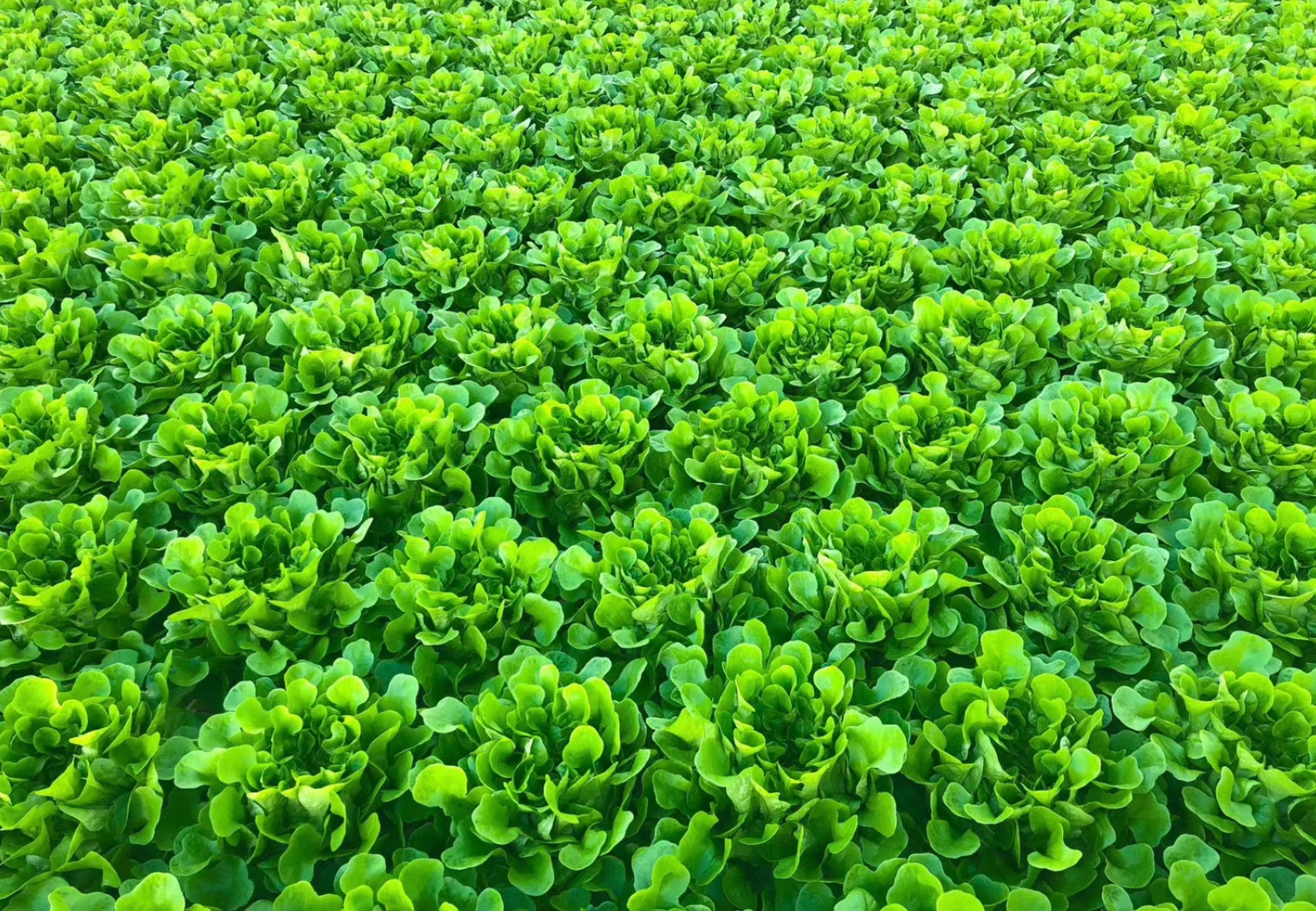Effect of CO2 concentration on stomatal behavior in greenhouse hydroponics
作者: 时间: 2024-07-24
It has been observed in research and practice that the effect of CO2 concentration on plant stomata varies depending on the plant species.
It is generally believed that stomata close due to high CO2 concentrations, reducing evaporation and causing the plant to overheat. However, this idea is based on a misunderstanding of the facts.

For a better understanding, we must consider stomatal function as finding the optimal balance between CO2 absorption and water loss. If there is enough water to maintain a high evaporation rate, the stomata are open regardless of the CO2 concentration. If the water inside the plant becomes less and less due to increasing radiation intensity, the conductance of the stomata tends to decrease. However, this trend is also affected by the internal CO2 concentration. If the concentration is lower than that required for high photosynthetic activity, the stomata open slightly to facilitate CO2 absorption. Of course, CO2 absorption depends on the concentration difference. This means that high CO2 concentrations in the greenhouse can help the stomata close earlier and deeper, thereby preventing dehydration, while still being able to absorb enough CO2. However, the humidity in the greenhouse will also decrease and the temperature will increase because the crop evaporation is reduced.
Unfortunately, this leads the crop into a cycle of increasing drought stress, especially when the air temperature is high and ventilation settings are turned on. Therefore, under high radiation conditions, excess CO2 can easily lead to erroneous results. A better way to promote photosynthesis is to reduce ventilation, which ensures high relative humidity, promotes stomatal opening, and reduces CO2 losses.
Incidentally, the harmonious interaction between the above water status and internal CO2 concentration also provides an explanation for the inverted stomatal response of CAM plants (such as orchids). Thanks to the CAM mechanism, plants can survive in arid areas such as deserts, or in places where the water supply is very unstable (such as the canopy). CAM plants are characterized by stomata that open at night to absorb CO2, which is stored in a malic acid buffer. After sunrise, the stomata close under the combined effect of approaching dehydration and high internal CO2 concentrations. During the day, CO2 used for photosynthesis processes is extracted from the internal buffer. At the end of the day, the buffer is exhausted and the stomata open again under the combined effect of rapidly decreasing internal CO2 concentrations and slowly improving water balance.
Article source: Ye Cai Xia Technology
It is generally believed that stomata close due to high CO2 concentrations, reducing evaporation and causing the plant to overheat. However, this idea is based on a misunderstanding of the facts.

For a better understanding, we must consider stomatal function as finding the optimal balance between CO2 absorption and water loss. If there is enough water to maintain a high evaporation rate, the stomata are open regardless of the CO2 concentration. If the water inside the plant becomes less and less due to increasing radiation intensity, the conductance of the stomata tends to decrease. However, this trend is also affected by the internal CO2 concentration. If the concentration is lower than that required for high photosynthetic activity, the stomata open slightly to facilitate CO2 absorption. Of course, CO2 absorption depends on the concentration difference. This means that high CO2 concentrations in the greenhouse can help the stomata close earlier and deeper, thereby preventing dehydration, while still being able to absorb enough CO2. However, the humidity in the greenhouse will also decrease and the temperature will increase because the crop evaporation is reduced.
Unfortunately, this leads the crop into a cycle of increasing drought stress, especially when the air temperature is high and ventilation settings are turned on. Therefore, under high radiation conditions, excess CO2 can easily lead to erroneous results. A better way to promote photosynthesis is to reduce ventilation, which ensures high relative humidity, promotes stomatal opening, and reduces CO2 losses.
Incidentally, the harmonious interaction between the above water status and internal CO2 concentration also provides an explanation for the inverted stomatal response of CAM plants (such as orchids). Thanks to the CAM mechanism, plants can survive in arid areas such as deserts, or in places where the water supply is very unstable (such as the canopy). CAM plants are characterized by stomata that open at night to absorb CO2, which is stored in a malic acid buffer. After sunrise, the stomata close under the combined effect of approaching dehydration and high internal CO2 concentrations. During the day, CO2 used for photosynthesis processes is extracted from the internal buffer. At the end of the day, the buffer is exhausted and the stomata open again under the combined effect of rapidly decreasing internal CO2 concentrations and slowly improving water balance.
Article source: Ye Cai Xia Technology
